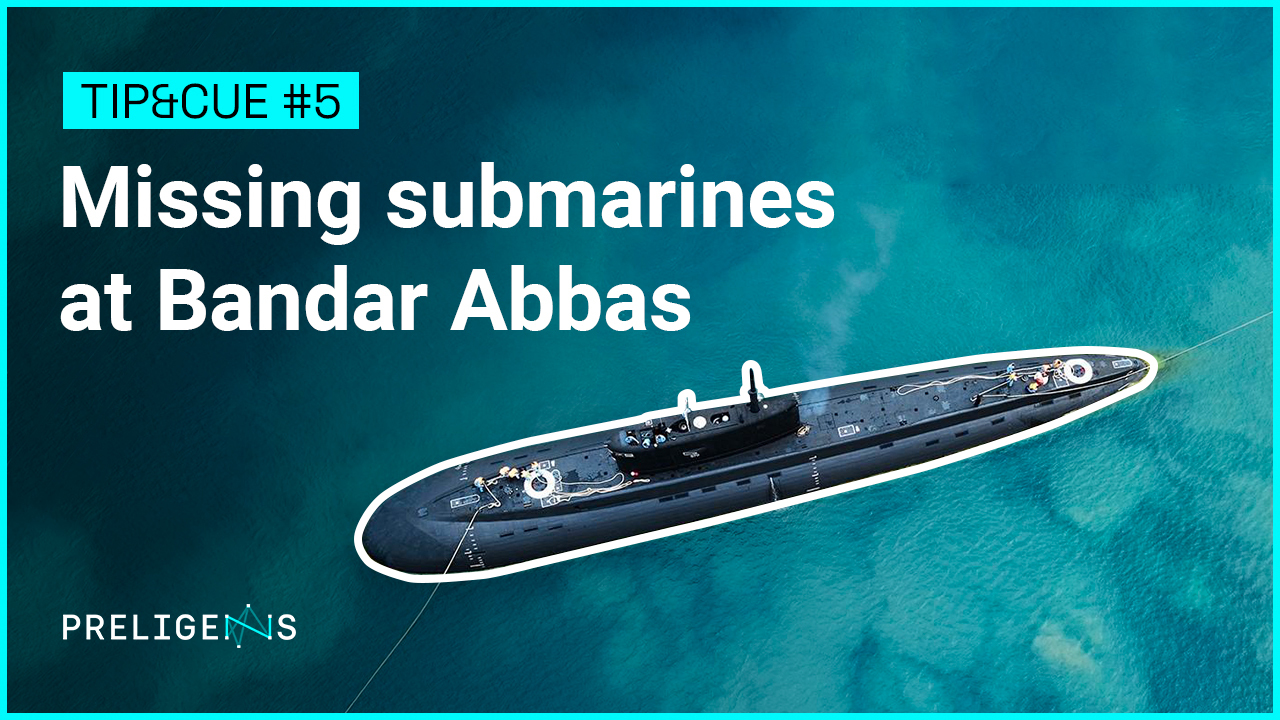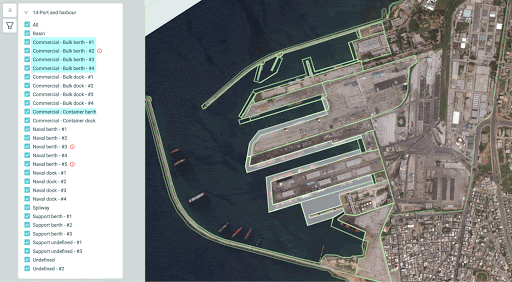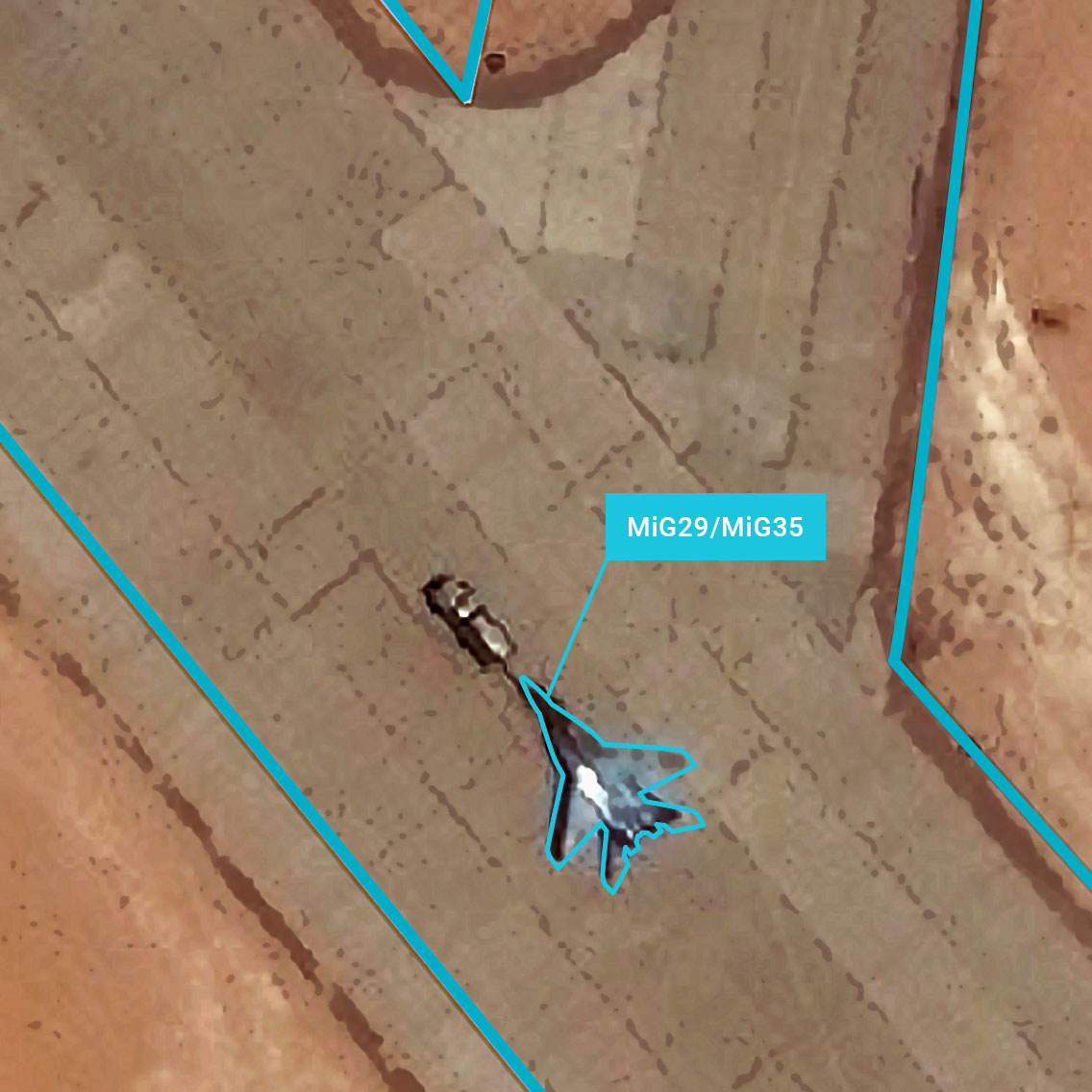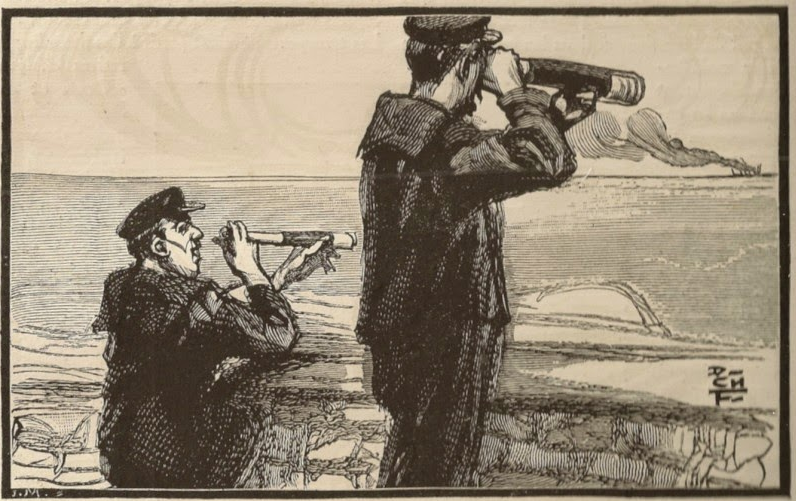Submarine monitoring at Bandar Abbas
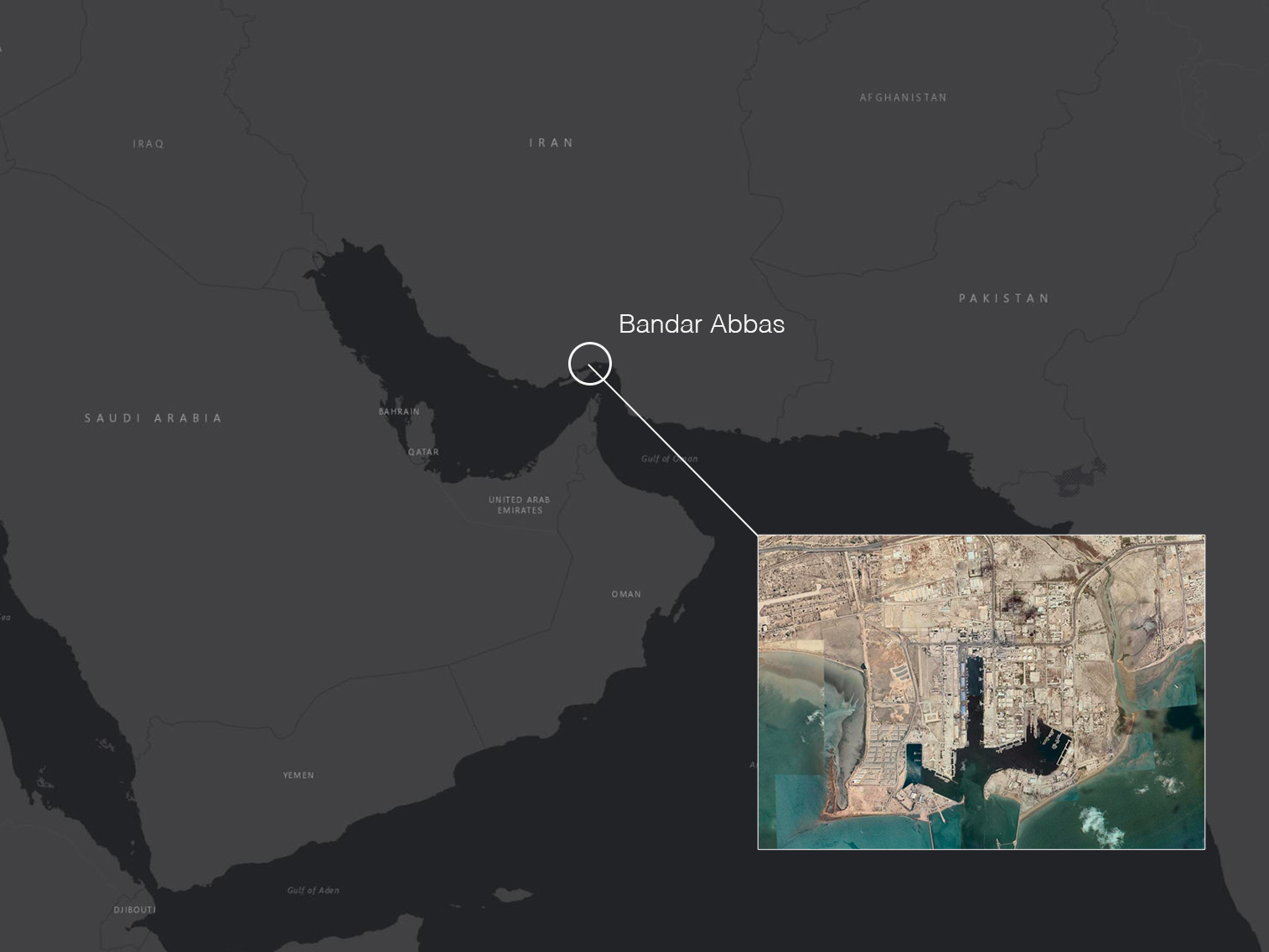
07/01/2021 by Preligens
With heavy annual vessel traffic, the port of Bandar Abbas, Iran, is specialized in refueling and bunkering operations.
This port is the country’s largest oil export and refueling complex, and controls the Strait of Hormuz, which is the gateway to the Persian Gulf. It is therefore a highly strategic site for Iran.
The port of Bandar Abbas is home to two components: the Iranian Navy - which maintains a strong presence in the port due to the country's dependence on the Persian Gulf for both trade and security - and the Revolutionary Guard Navy (Pasdaran), which occupies the western basin.
The Iranian Navy operates three Kilo-class diesel-electric submarines (SSK). Named Tareq, Noor and Yunes, they are one of the most common types of vessels operated by the Iranian Navy, and the most strategic. These submarines are normally berthed in the military section of the port.
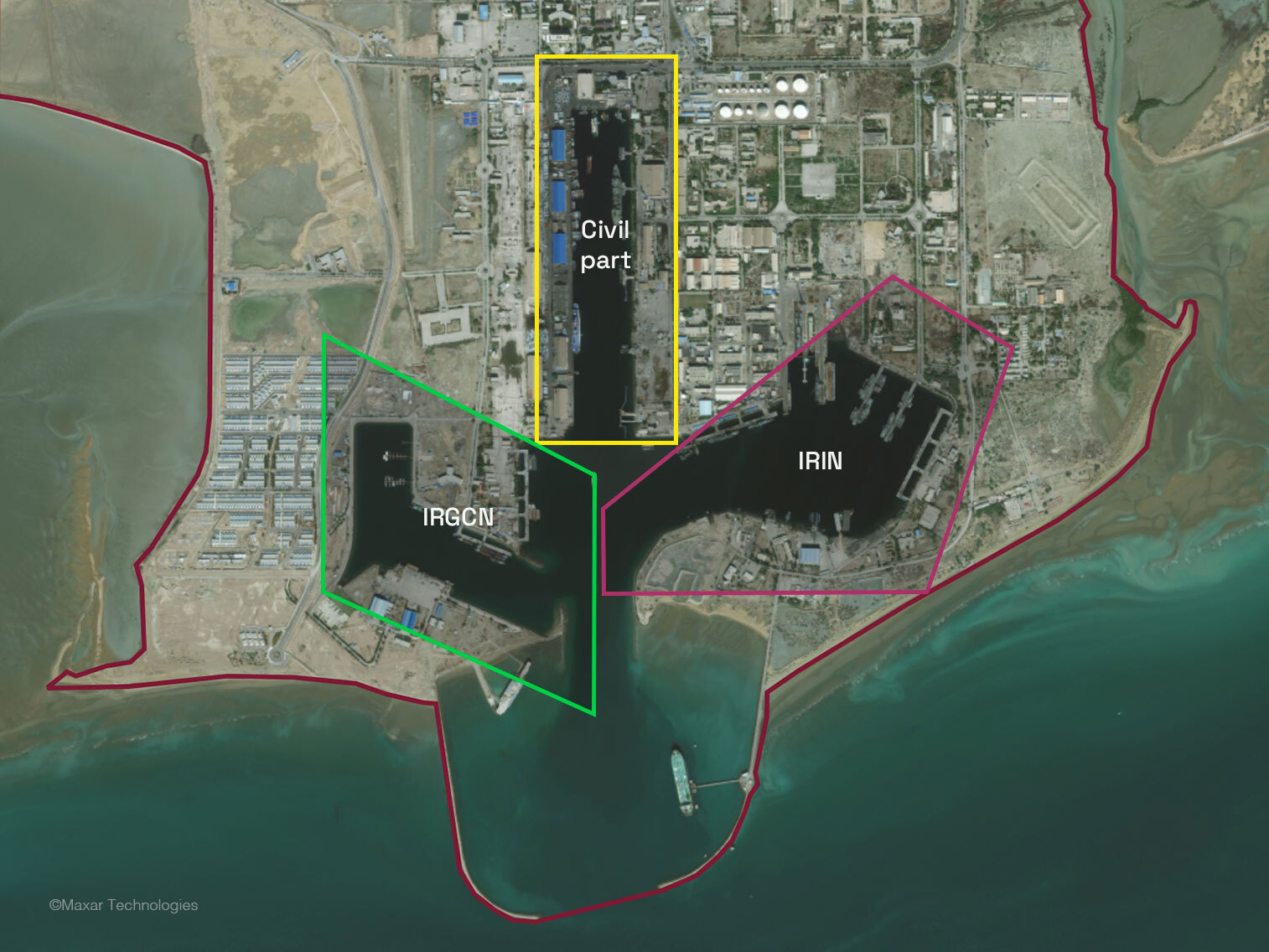
On July 29th 2019, Preligens' vessel classification algorithm automatically detected a KILO-class SSK submarine moored at the end of its dedicated quay, along with several YONO-class SSC submarines.
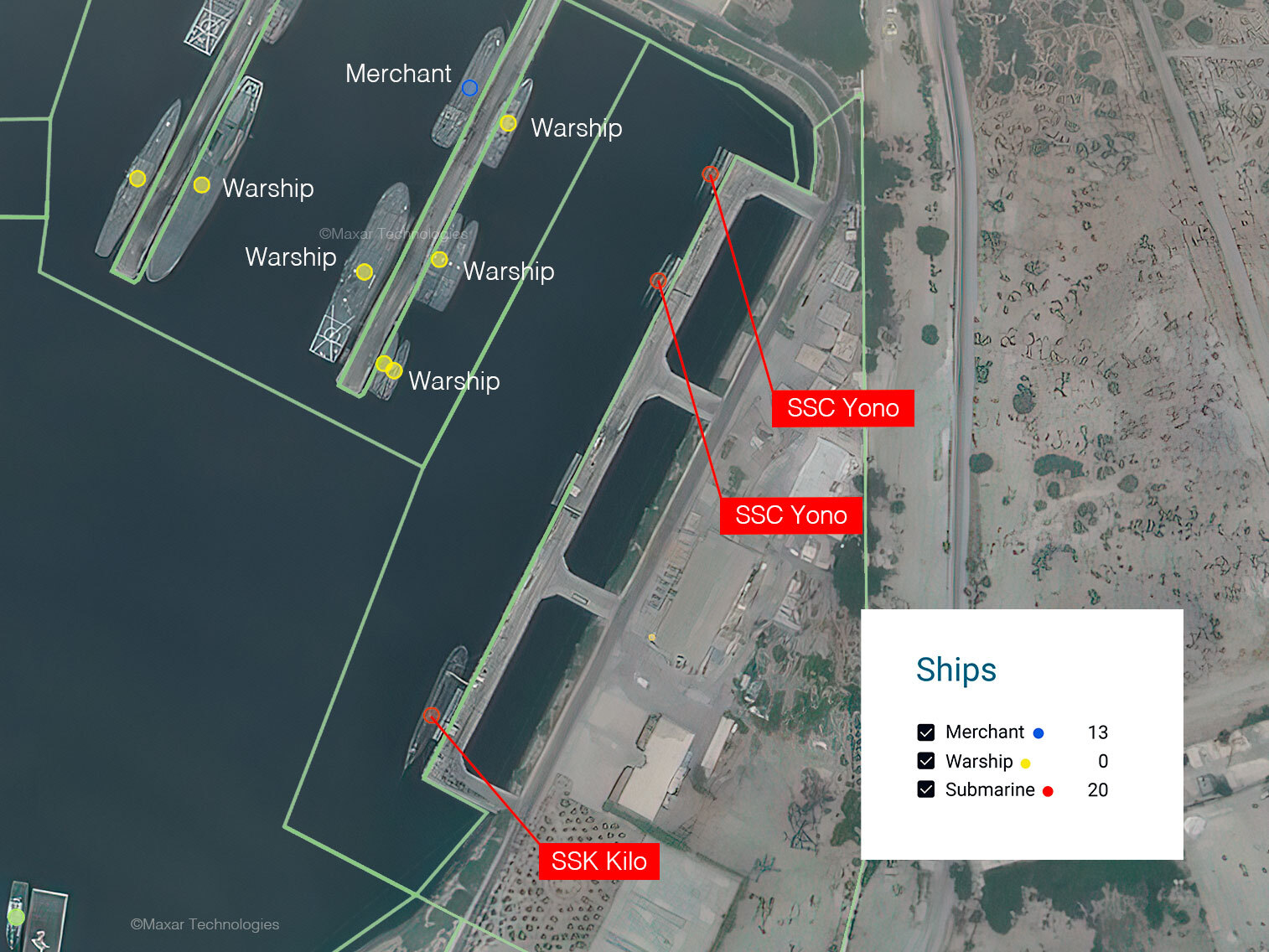
One of the three kilos has been easily found, but where are the other two?
There are a couple of possible explanations here: they may be located in another part of the port (which would then be spotted by our AI algorithm), they may also be at sea, or undergoing maintenance.
Actually, a specific area of the port is indeed dedicated to submarine maintenance.
Submarines are placed there and the external structure you can see on the picture, called a “sarcophagus”, is built over them.
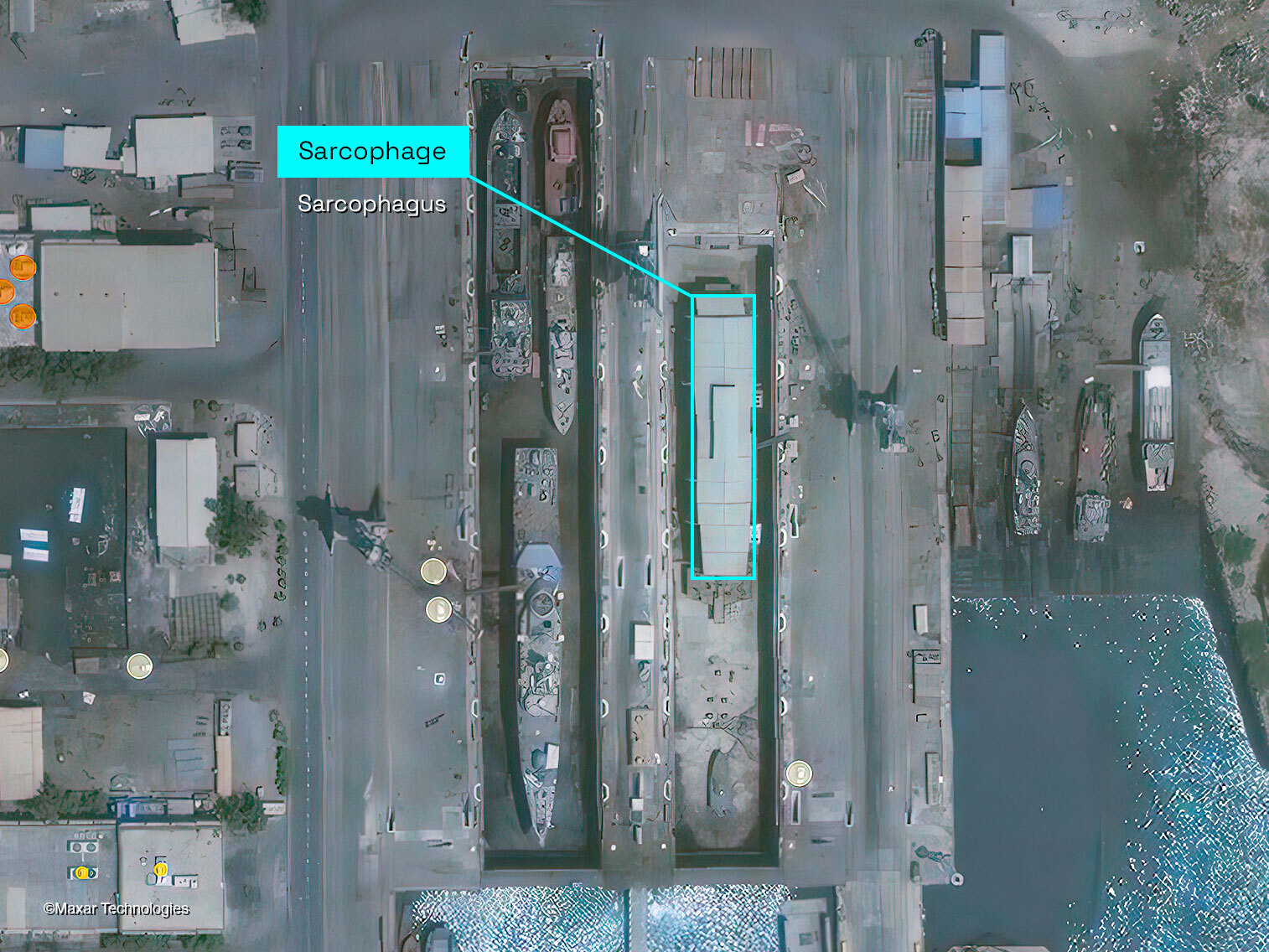
The sarcophagus serves two purposes: it ensures that satellite or drone imagery cannot be used to see what is going on underneath, and it also helps to contain volatile waste from the hull work.
Defence analysts know, however, that it is another SSK Kilo submarine that lies below. For the submarine to emerge, the external structure must be removed. If the sarcophagus is in place, it means that a submarine is present.
As for the third SSK Kilo, several other dates show its presence, moored near the first mentioned.
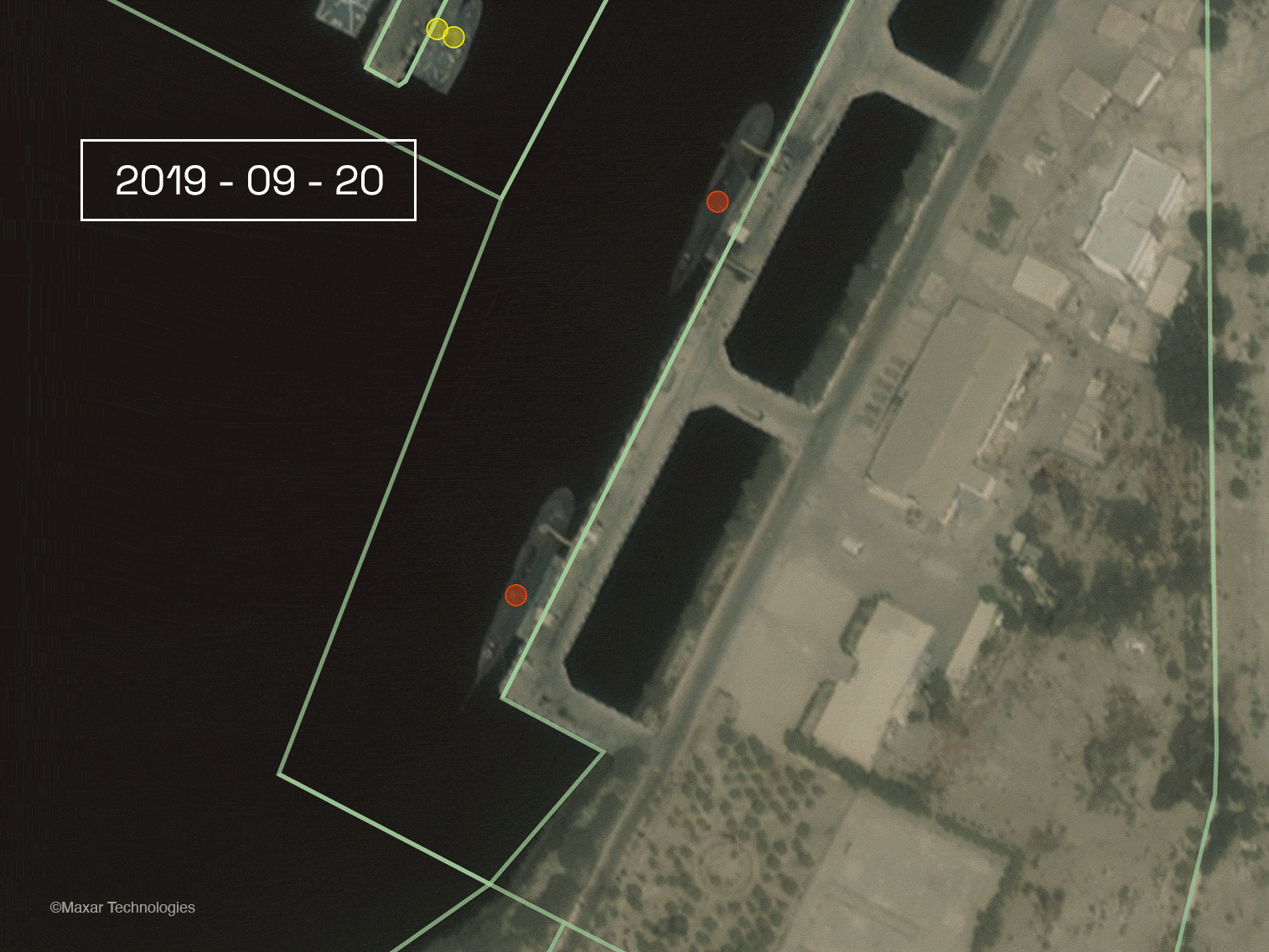
Hence, if at a given date the third submarine is not detected by our algorithm in the image while the second is undergoing repair: it is therefore on operations at sea.
For more information watch our Tip&Cue n°5: Missing submarines at Bandar Abbas
